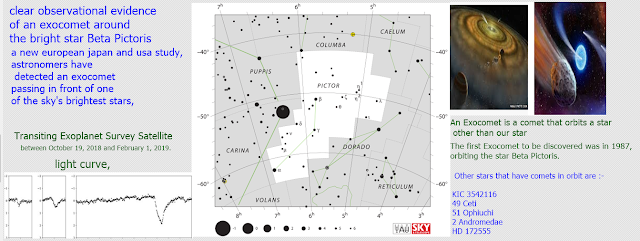Naos ("ship") is a runaway star

Zeta Puppis hottest and heaviest class of stars, known as Class O. rarest of all [6920] zeta Puppis, also known as Naos ("ship") and Suhail Hadar ("roaring bright one"). visible to the naked eye. Its mass is 59 times that of the Sun and its surface temperature is 42,400 K. Naos is a runaway star. (if not considering Wolf-Rayet stars). The extremely high surface temperature gives Zeta Puppis a deep bluish appearance, making it a prototypical O-type star (stars are classified into 7 classes, OBAFGKM, based on their spectrum, with O-type being the hottest). Zeta Puppis is a blue supergiant star of spectral class O5IAf, making it one of the hottest stars in the galaxy with a surface temperature of 42,400 It is the second brightest such star in terms of its apparent magnitude, with only Zeta Orionis appearing brighter. Zeta Orionis, also known by the more traditional name, Alnitak, is a triple star system in the constellation of Orion. One of the brightest stars


